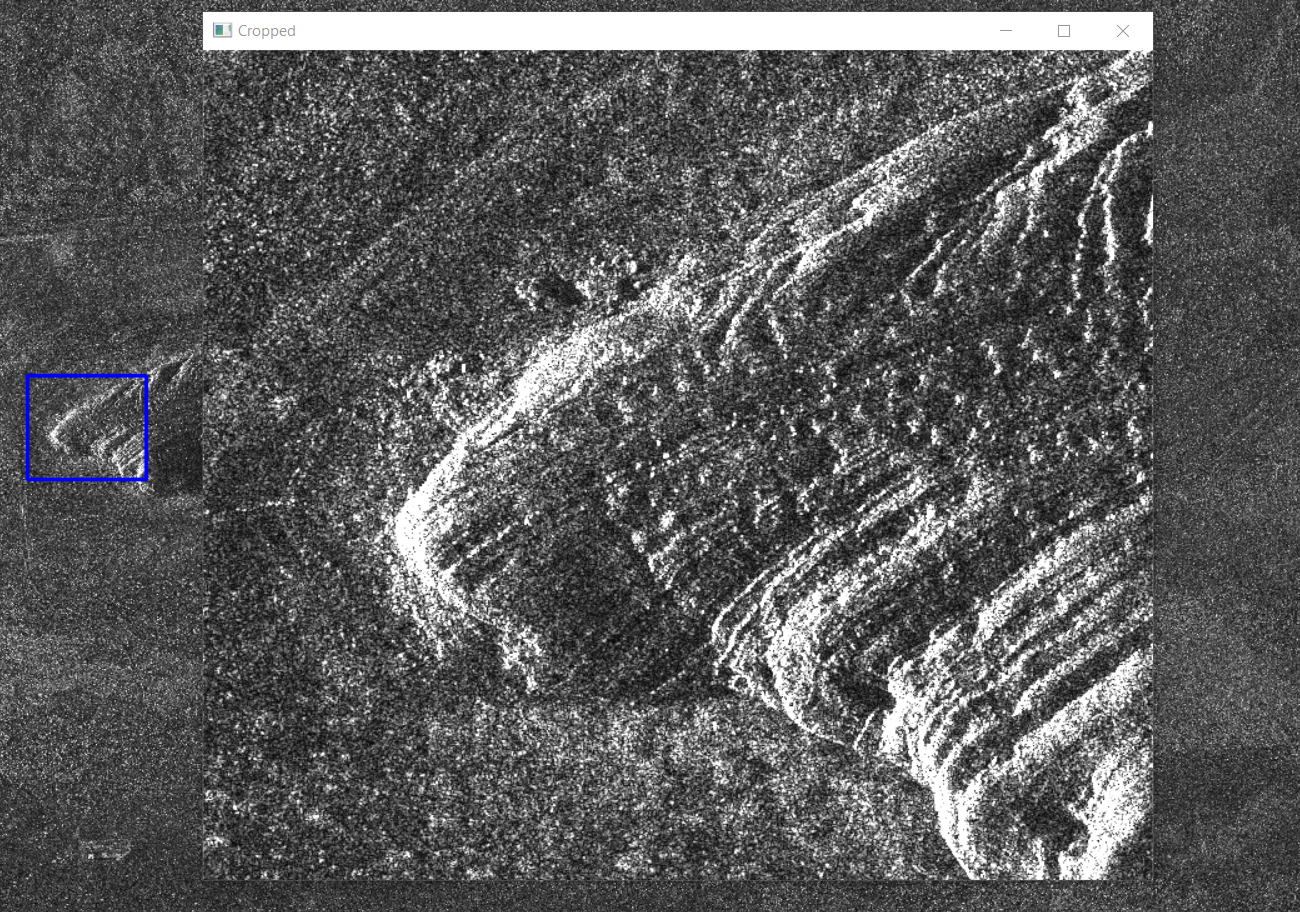Speckle noise seriously limits the interpretability of synthetic aperture radar (SAR) images. This package provides deep learning based despeckling methods to denoise SAR images.
deepdespeckling gives access to two different despeckling methods:
Before installing deepdespeckling, make sure to install gdal dependancies, it can be done using conda with the following command :
conda install -c conda-forge gdal
Then, deepdespeckling can be installed simply using pip :
pip install deepdespecklingTo despeckle SAR images using MERLIN, images need to be in .cos or .npy format.
In order to get the right model, the model_name has to be specified when building a MerlinDenoiser.
This model_name can either be :
"spotlight"for SAR images retrieved with spotlight mode"stripmap"for SAR images retrieved with stripmap mode"Sentinel-TOPS"for SAR images retrieved with TOPS mode
During the preprocessing steps of the noisy image for MERLIN, the real and the imaginary parts are "symetrised" (to match the theoretical assumptions of MERLIN). To skip this step, you can set the symetrise parameter to False
from deepdespeckling.utils.load_cosar import cos2mat
from deepdespeckling.utils.constants import PATCH_SIZE, STRIDE_SIZE
from deepdespeckling.merlin.merlin_denoiser import MerlinDenoiser
# Path to one image (cos or npy file)
image_path="path/to/image"
# Model name, can be "spotlight", "stripmap" or "Sentinel-TOPS"
model_name = "spotlight"
symetrise = True
image = cos2mat(image_path).astype(np.float32)
# As an alternative, you can load your image by being sure to put in the following format:
# The shape of image is [img_height,img_width,2], where image[:,:,0] contains the real part and image[:,:,1] contains the imaginary part of the SLC SAR image.
denoiser = MerlinDenoiser(model_name=model_name, symetrise=symetrise)
denoised_image = denoiser.denoise_image(image, patch_size=PATCH_SIZE, stride_size=STRIDE_SIZE)For each of this method, you can choose between 3 different functions to despeckle a set of SAR images contained in a folder :
despeckle()to despeckle full size imagesdespeckle_from_coordinates()to despeckle a sub-part of the images defined by some coordinatesdespeckle_from_crop()to despeckle a sub-part of the images defined using a crop tool
from deepdespeckling.despeckling import despeckle
# Path to a folder of several images (cos or npy files)
image_path="path/to/image"
# Folder where results are stored
destination_directory="path/where/to/save/results"
despeckle(image_path, destination_directory, model_name="spotlight", symetrise=True)| Noisy image | Denoised image |
|---|---|
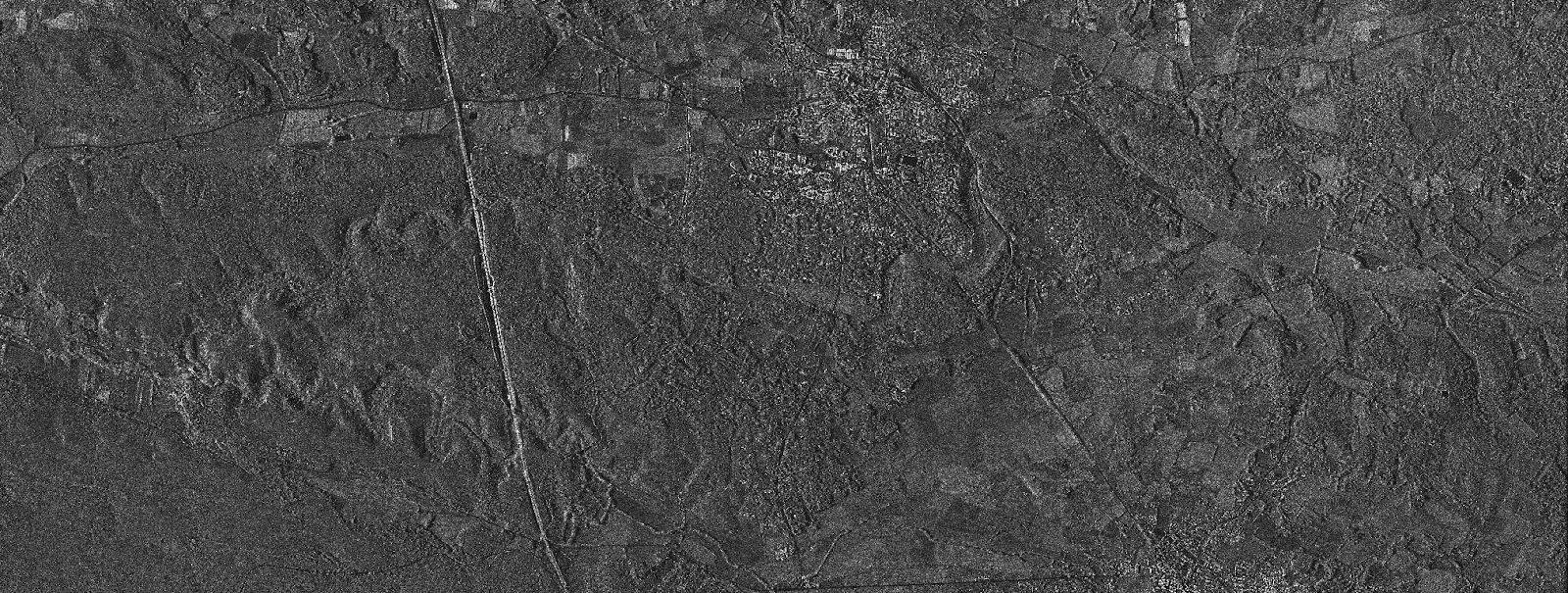 |
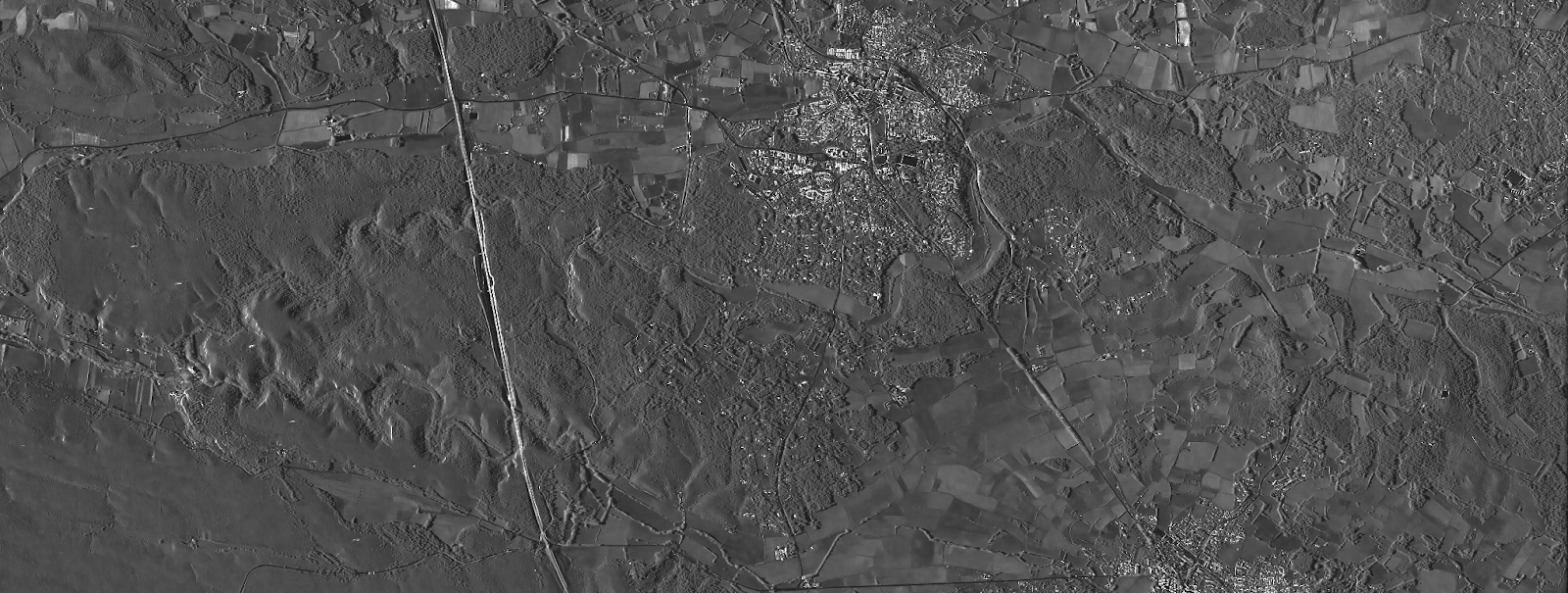 |
from deepdespeckling.despeckling import despeckle_from_coordinates
# Path to a folder of several images image (cos or npy files)
image_path="path/to/cosar/image"
# Folder where results are stored
destination_directory="path/where/to/save/results"
# Coordinates of the subparts of the images to be despeckled
coordinates_dictionnary = {'x_start':2600,'y_start':1000,'x_end':3000,'y_end':1200}
despeckle_from_coordinates(image_path, coordinates_dict, destination_directory, model_name="spotlight", symetrise=True)| Noisy image | Denoised image |
|---|---|
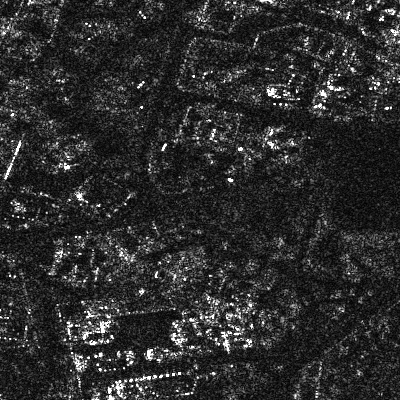 |
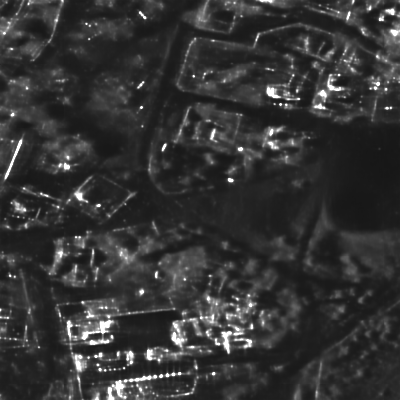 |
from deepdespeckling.merlin.inference.despeckling import despeckle_from_crop
# Path to a folder of several images image (cos or npy files)
image_path="path/to/cosar/image"
# Folder where results are stored
destination_directory="path/where/to/save/results"
fixed = True "(it will crop a 256*256 image from the position of your click)" or False "(you will draw free-handly the area of your interest)"
despeckle_from_crop(image_path, destination_directory, model_name="spotlight", fixed=False, symetrise=True)- The cropping tool: Just select an area and press "q" when you are satisfied with the crop !
- The results:
| Noisy cropped image | Denoised cropped image |
|---|---|
 |
 |
To despeckle Sentinel-1 GRD SAR images using SAR2SAR, images need to be in .tiff or .npy format.
from deepdespeckling.utils.load_cosar import cos2mat
from deepdespeckling.utils.constants import PATCH_SIZE, STRIDE_SIZE
from deepdespeckling.sar2sar.sar2sar_denoiser import Sar2SarDenoiser
# Load you image
image = ..
# NB: image must be in AMPLITUDE format and have the following shape: [img_height,img_width]
# Denoise the image with SAR2SAR
denoiser = Sar2SarDenoiser()
denoised_image = denoiser.denoise_image(
image, patch_size=PATCH_SIZE, stride_size=STRIDE_SIZE)- Example of result with SAR2SAR :
| Noisy image | Denoised image |
|---|---|
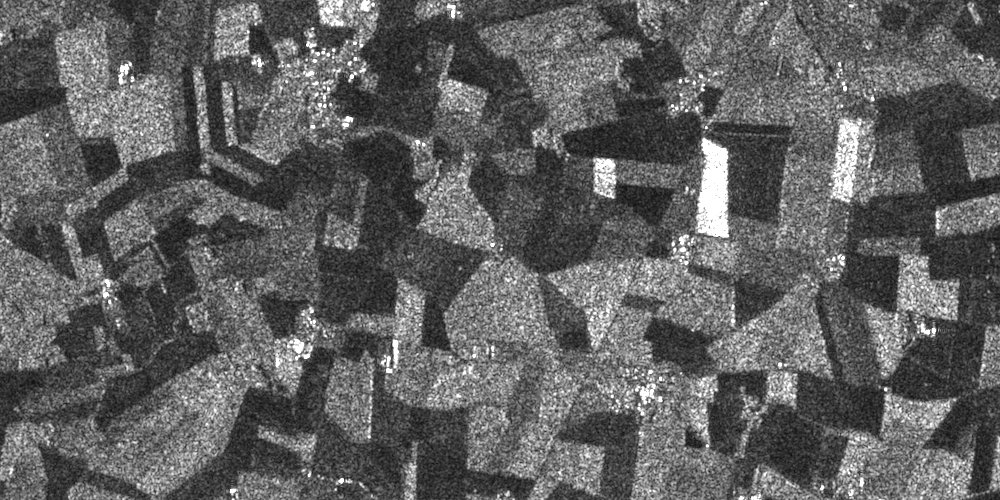 |
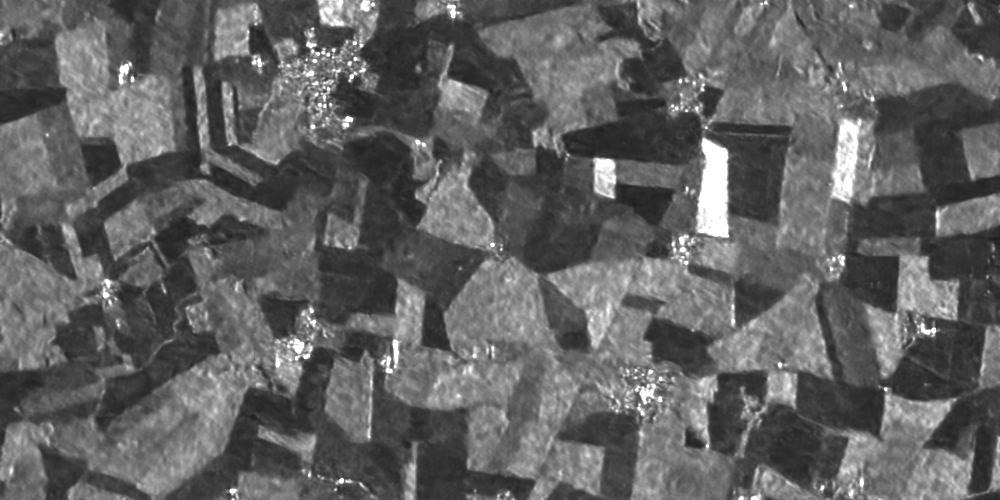 |
The despeckling functions (despeckle, despeckle_from_coordinates, despeckle_from_crop) work the same as with MERLIN. To use SAR2SAR, the model_name parameter has to be set to "sar2sar"
For example, to despeckle a set of fullsize images:
from deepdespeckling.despeckling import despeckle
# Path to a folder of several images (tiff or npy files)
image_path="path/to/image"
# Folder where results are stored
destination_directory="path/where/to/save/results"
despeckle(image_path, destination_directory, model_name="sar2sar")The documentation of the package is available here
- Emanuele Dalsasso (Researcher at ECEO, EPFL)
- Hadrien Mariaccia (Hi! PARIS Research Engineer)
- Youcef Kemiche (Former Hi! PARIS Research Engineer)
- Pierre Blanchard (Former Hi! PARIS Research Engineer)
[1] DALSASSO, Emanuele, DENIS, Loïc, et TUPIN, Florence. As if by magic: self-supervised training of deep despeckling networks with MERLIN. IEEE Transactions on Geoscience and Remote Sensing, 2021, vol. 60, p. 1-13.
[2] DALSASSO, Emanuele, DENIS, Loïc, et TUPIN, Florence. SAR2SAR: a semi-supervised despeckling algorithm for SAR images. IEEE Journal of Selected Topics in Applied Earth Observations and Remote Sensing (Early Access), 2020

